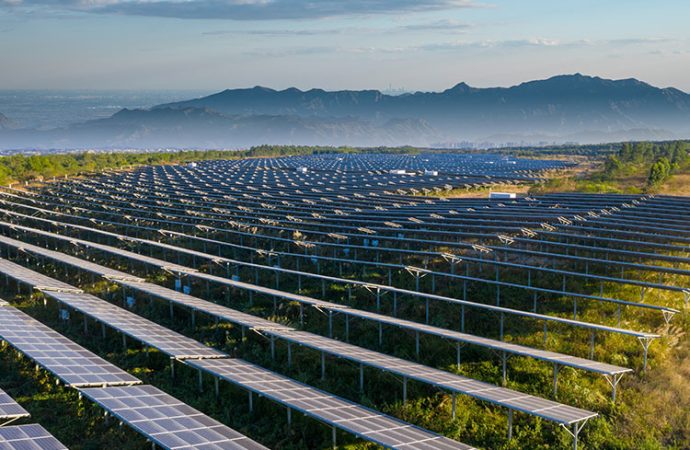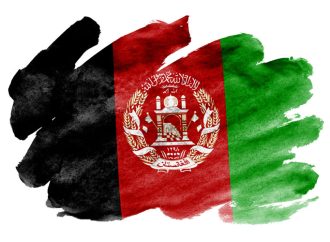Author Recent Posts Syed Alyaan Kazmi Latest posts by Syed Alyaan Kazmi (see all) Isreal – Palestine Conflict: Where will it takes us? – November 8, 2023 What attracts MENA nations to BRICS? (Can BRICS reshape Western dominance in the Middle East) – September 26, 2023 Producing electricity from nuclear energy in Pakistan. What are
Pakistan must transition to nuclear energy for electricity production as a cost-effective and reliable alternative to fossil fuels amid escalating energy costs. Rising electricity costs have triggered nationwide economic and social upheaval, sparking widespread protests. Pakistan’s energy sector relies heavily on imported fossil fuels, accounting for up to 40 percent of primary energy imports. The surge in global oil prices attributed to the Ukraine crisis, coupled with Pakistan’s economic challenges, has made it unfeasible to offer affordable electricity to consumers. Hence, nations globally are transitioning to nuclear energy, hailed as the sole zero-emission clean energy source. Pakistan, too, must expand its civilian nuclear program, generating cost-effective and dependable electricity via nuclear power plants NPPs to save billions of US dollars in energy production costs. However, despite notable advancements in safety protocols, Pakistan must sustain a secure environment under the watchful eye of IAEA safeguards to prevent potential accidents.
Pakistan’s operational nuclear power plants have played a pivotal role in diversifying the country’s energy mix and reducing dependence on fossil fuels. Currently, The nuclear fleet, comprising six NPPs, boasts a total capacity of 3,530 MW. Four units (C-1 and C-2, each with 325 MW, and C-3 and C-4, each with 340 MW), are in operation in Chashma, Mianwali and two plants (K-2 and K-3), each with a substantial 1100 MW capacity, are operational in Karachi. This makes up 8.6 percent of Pakistan’s total installed energy capacity. Since their inception, these NPPs have produced affordable, reliable electricity, reducing Pakistan’s dependence on other energy sources. Under the IGCE plan, Pakistan envisions increasing the contribution of nuclear energy to 8,000 MW by 2030. Consequently, Pakistan’s dependence on other energy sources is poised to decline even more as it expands its national power generation capacity through the addition of more NPPs.
The anticipated electricity production costs from nuclear energy are substantially lower than those from alternative energy sources. According to a report, In the fiscal year 2022, Pakistan, through its six NPPs, achieved substantial savings, amounting to $3.035 billion compared to oil, $2.207 billion to RLNG, and $1.586 billion to imported coal. Despite these significant savings, Pakistan’s reliance on energy imports continues to be the predominant source of its energy requirements, contributing to elevated electricity costs. NPPs are designed to operate for up to fifty years with minimal maintenance, allowing for an extended lifespan. This, coupled with the reuse of nuclear fuel within reactors, substantially lowers electricity costs compared to carbon fuels. In December 2022, Nuclear energy became Pakistan’s leading power source, accounting for 27.15 percent of generation at a rate of Rs1.073 per unit. Therefore, nuclear electricity presents a viable option for Pakistan to reduce its future electricity expenses and alleviate economic pressures.
Nuclear energy from NPPs, being dual-use technology, also entails associated risks. Concerns surrounding nuclear proliferation spent nuclear fuel disposal, and safety protocols subject states employing this technology to stringent IAEA safeguards. As a signatory to the International Atomic Energy Agency (IAEA), Pakistan places its civilian nuclear facilities under their watch, permitting annual inspections. Yet global skepticism has historically clouded perceptions of Pakistan’s nuclear safety and security measures. Pakistan has undertaken significant measures to enhance safety, including establishing a nuclear regulatory authority for safe nuclear waste disposal. Collaborations with the United States on personnel training and equipment handling best practices have also been initiated. The recent NTI report, demonstrating a 25-point improvement in Pakistan’s nuclear security, underscores these advancements. These initiatives signify Pakistan’s commitment to maintaining a robust and internationally compliant nuclear security culture.
In the past, the Fukushima accident raised significant concerns regarding both nuclear security and nuclear power generation. In terms of nuclear security, the accident highlighted vulnerabilities in the safety measures and emergency response protocols of nuclear facilities. It demonstrated the potential for unforeseen natural disasters to compromise the integrity of nuclear reactors and the release of radioactive materials, necessitating more stringent safety standards and disaster preparedness. Nevertheless, Pakistan’s track record, marked by the absence of any reported nuclear accidents, reinforces its confidence in its nuclear security culture. Furthermore, the new reactor designs developed in collaboration with China are reputed to be impervious to natural disasters and accidents. However, the outdated electricity infrastructure in Pakistan remains a notable concern in the context of nuclear energy. To mitigate potential risks, Pakistan must prioritize the upgrading of its existing infrastructure to ensure a secure and accident-free future in nuclear power generation.
Countries worldwide are shifting toward nuclear power generation to reduce dependence on dwindling fossil fuels. Pakistan, a significant fossil energy importer vulnerable to climate change, must prioritize the expansion of its civilian nuclear program. It should give precedence to completing additional Nuclear Power Plants (NPPs) as per its 2030 plans. However, to ensure a consistent supply of nuclear fuel to its reactors, Pakistan must address various issues related to the peaceful use of nuclear technology. Pakistan’s status as a non-party state to the Nuclear Non-Proliferation Treaty (NPT) makes it ineligible for assistance concerning nuclear fuel supply. A potential solution to this issue lies in securing a Nuclear Suppliers Group (NSG) waiver, similar to the one granted to India by the United States, despite its non-party status with the NPT. In addition, investing in domestically generated nuclear power has the potential to reduce import costs, preserving the country’s foreign exchange reserves and fostering long-term economic growth.
- Isreal – Palestine Conflict: Where will it takes us? - November 8, 2023
- What attracts MENA nations to BRICS? (Can BRICS reshape Western dominance in the Middle East) - September 26, 2023
- Producing electricity from nuclear energy in Pakistan. What are the safety processes? Examples of previous incidents like Fukushima - September 15, 2023













Leave a Comment
Your email address will not be published. Required fields are marked with *